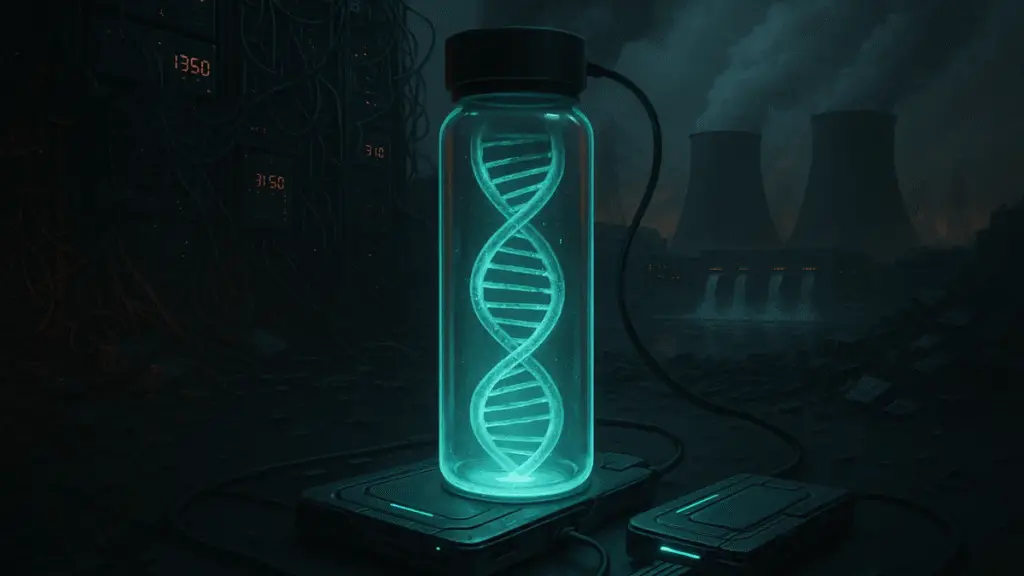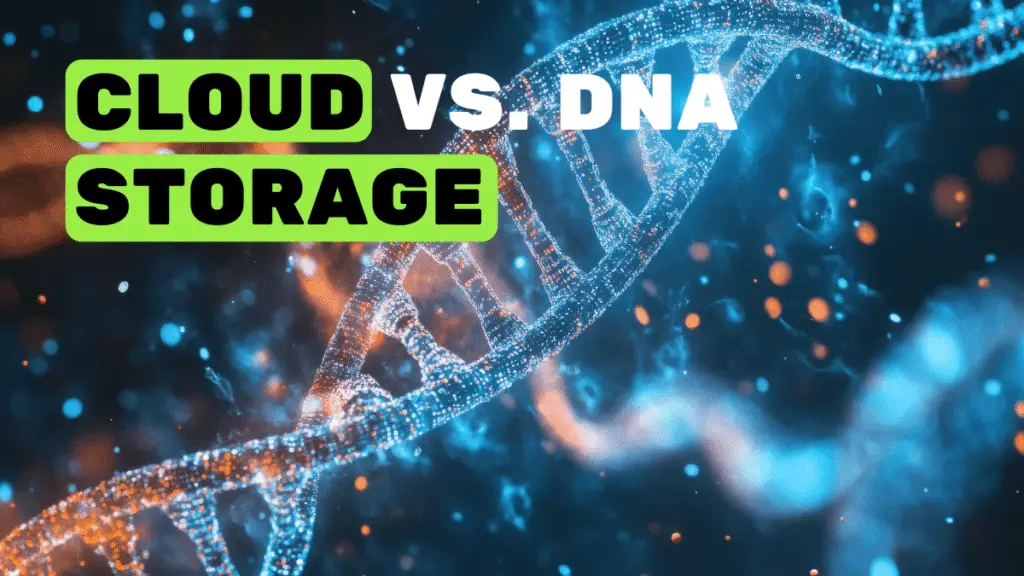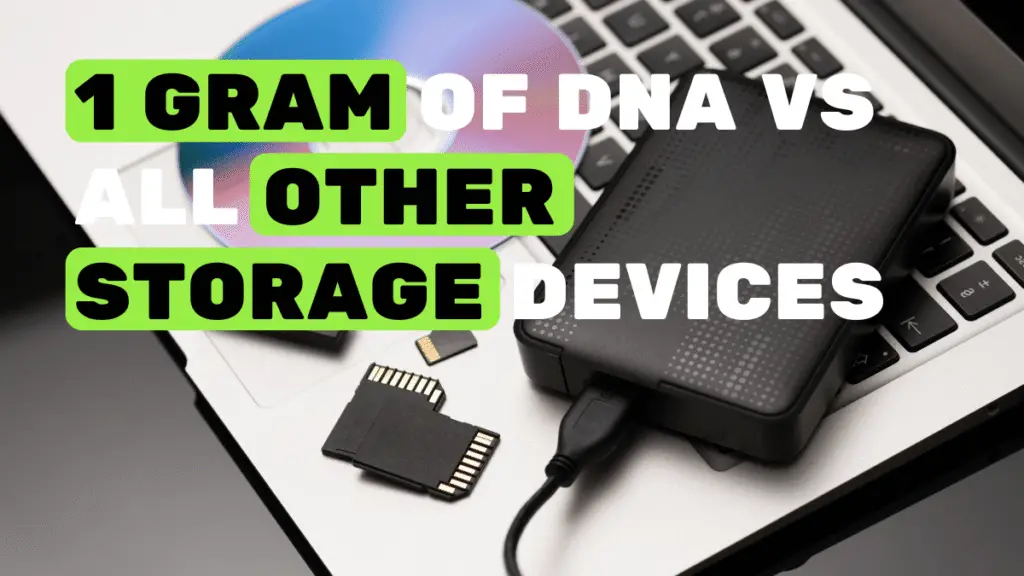Do you know that a typical small-scale to very large-scale data centre needs 3,00,000 to 5 million gallons of water daily? This is equivalent to 100 individuals’ 33 to 555 days of daily water needs.
Between cloud vs. DNA data storage, traditional cloud-based data storage needs a huge amount of electricity, space, and water. And indirectly contributes to climate change.
Let’s see how the future-ready DNA data storage facility will be a sustainable and eco-friendly option.
Key Topics:
Cloud-based data storage needs these two things:
The cloud-based data centre facilities require continuous electricity and water. The ‘huge’ amount of data racks and a ‘large’ scale of storage generate an extreme amount of heat (now you know why our smartphones often heat up).
To cool it down and prevent any physical damage, the cooling system uses gallons of cool water. You might be shocked to know that this is equivalent to the thousands of individuals’ daily water needs for hundreds of days.
In addition, the power plant that provides constant electricity also uses water in the electricity generation process. Combinely, these two factors consume life’s important natural resource – water.
Our entire digital ecosystem can not work without electricity. Data centres also require a huge amount of electricity, 24/7, for running, processing, and delivering the data.
Power plants majorly rely on fossil fuels (coal and natural gas) for electricity generation. This not only uses the natural (non-renewable) resources, but also causes carbon emissions.
Do you know carbon emissions can affect our genetic health? Read our previous article to know more.
Rare earth elements and e-waste:
Data centres also use certain rare earth elements and other critical minerals, which encourages extensive mining in the forest-rich areas, deep sea and ecologically sensitive zones.
Lastly, the physical components of the data centre need to be changed after every few years, or in case of physical damage. This leads to e-waste generation.
[Infographic]: How Many Devices Would It Take to Store the Data in 1 Gram of DNA?
The climate change angel:
All these factors collectively contribute to climate change.
- It consumes important resources – water, natural gas and coal.
- Produce environmental pollutants like radiation and carbon.
- Generate e-waste.
- Encourage mining in the ecologically sensitive zones and the deep sea.
How will DNA storage help?
- The future-ready, DNA-based data storage facilities don’t need any cooling system and hence millions of gallons of water can be saved.
- It does not consume as much electricity as cloud-based storage. Meaning, it will reduce carbon emissions and save coal and natural gas resources.
- It does not generate e-waste. DNA remains stable for thousands of years, so no maintenance is required.
- And lastly, it does not need rare earth elements or critical minerals.
Wrapping up:
In conclusion, DNA-based digital data storage technology can save water, electricity, space, and non-renewable energy sources. This technology is eco-friendly; it neither pollutes the atmosphere nor requires mining (for rare earth elements and minerals) and doesn’t produce e-waste.
Collectively, these environmental advantages – coupled with DNA’s massive storage capacity, compact size and long-term stability make it the better data storage option.


